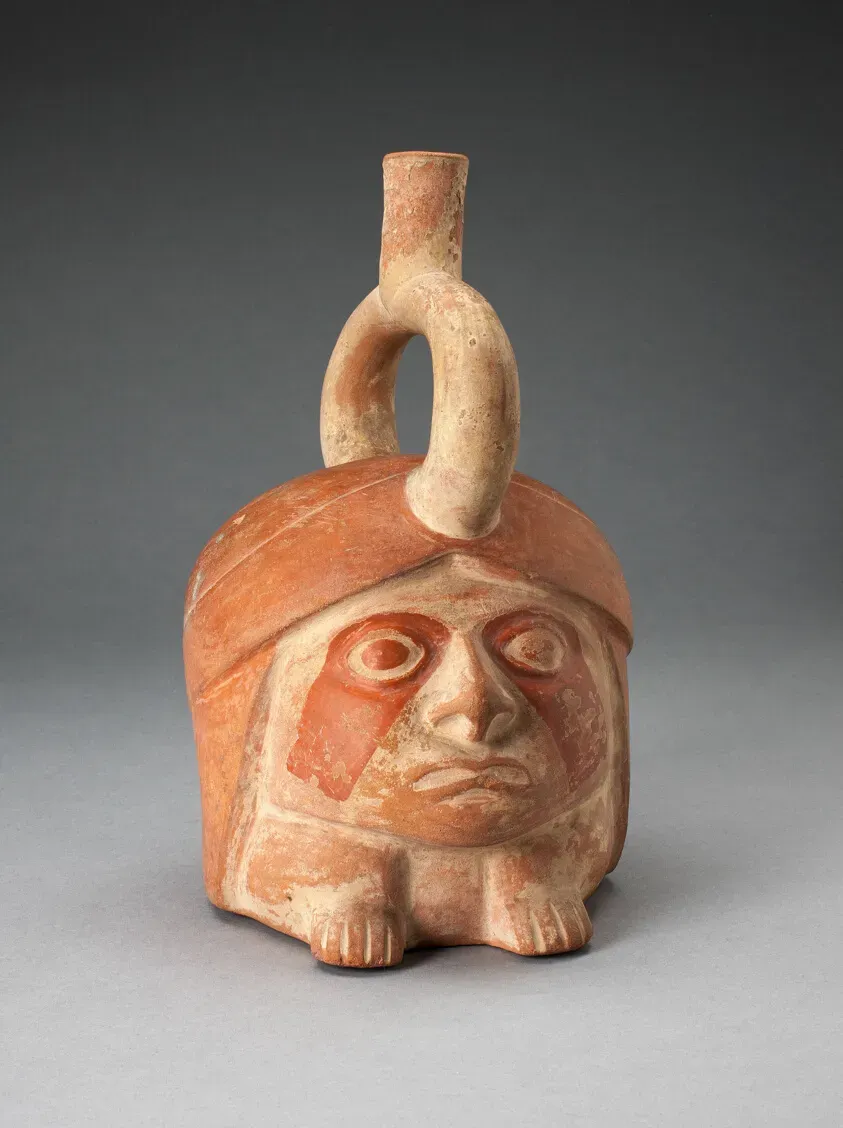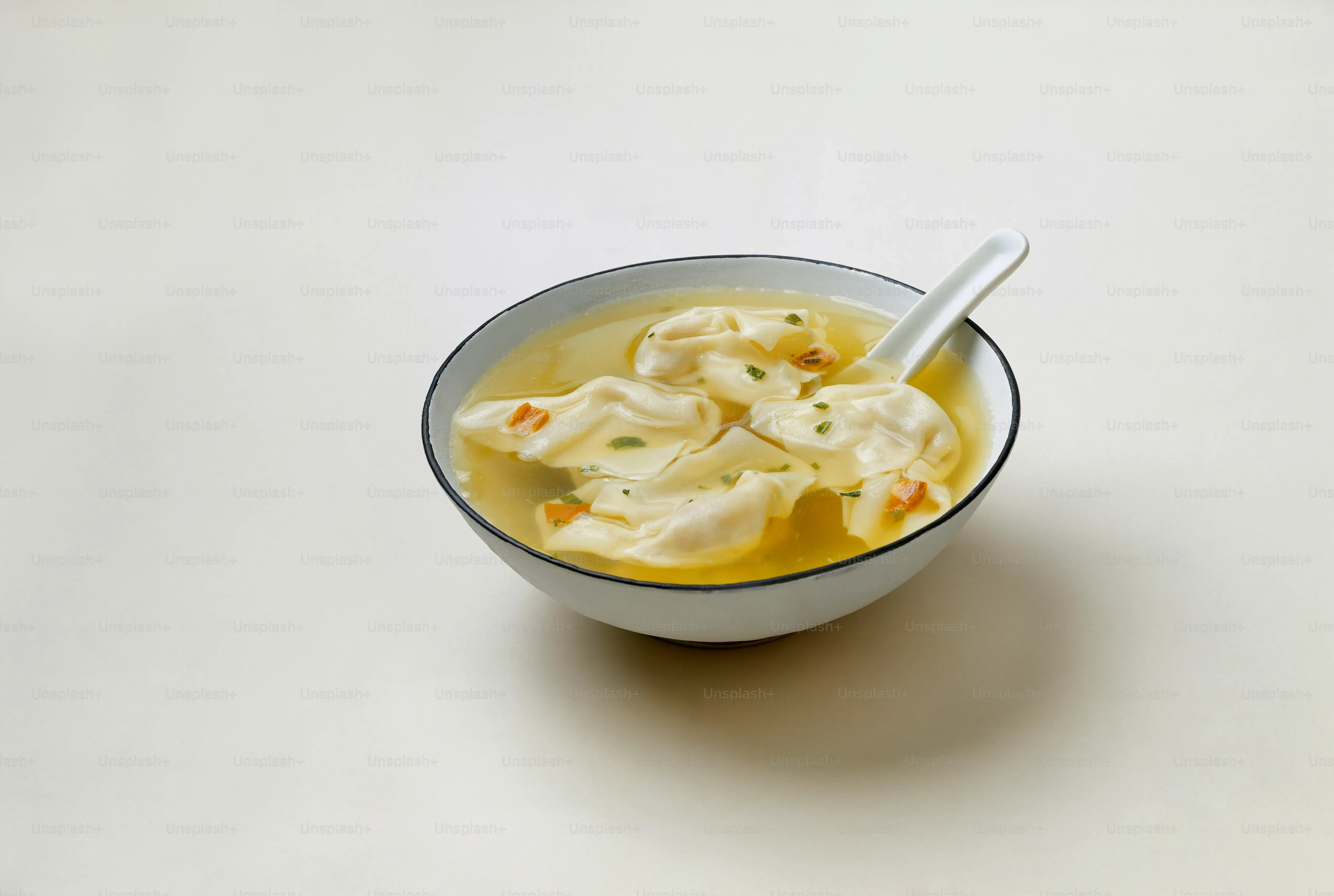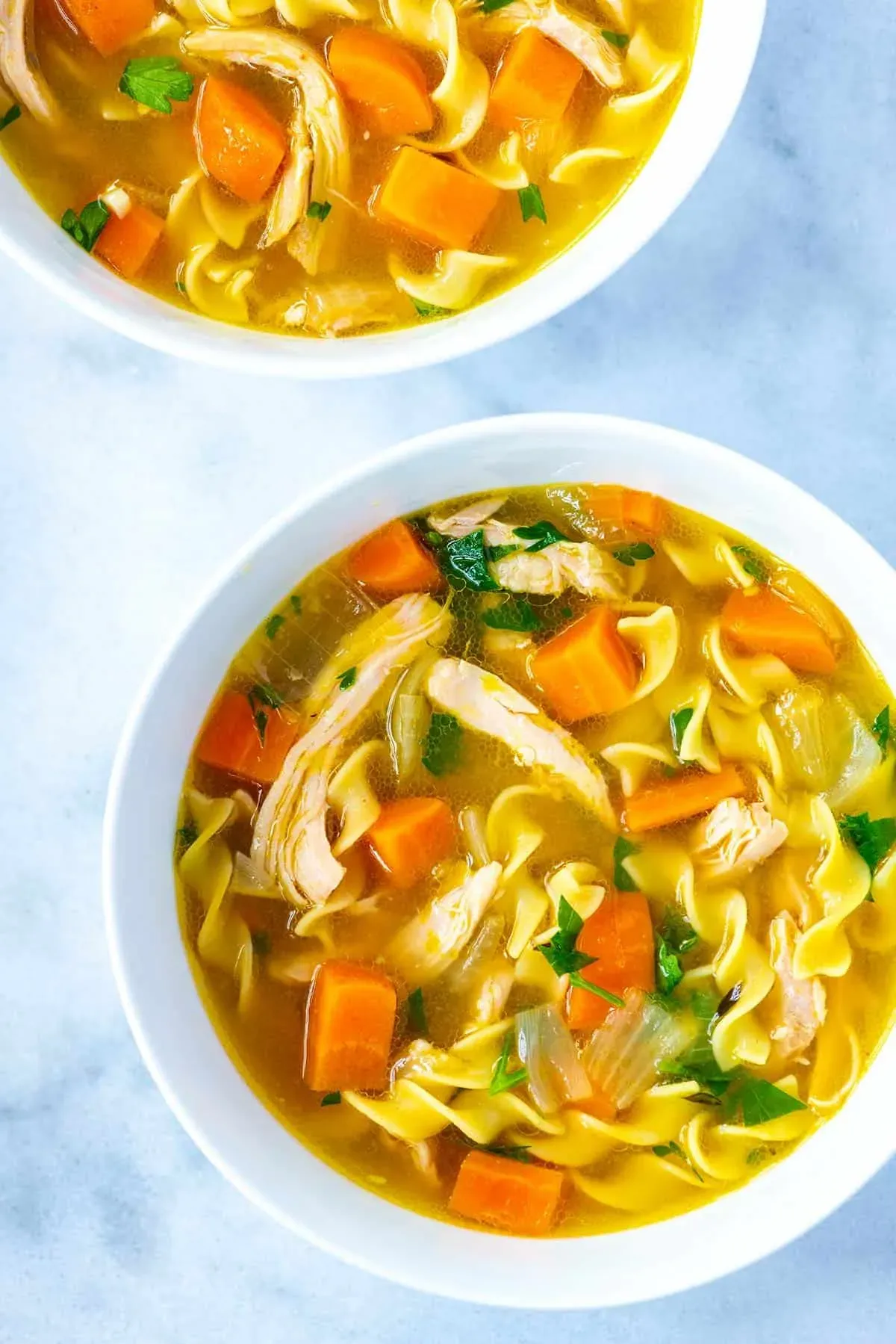Table of Contents
So, you've got a small army coming over, and you're tasked with feeding them. Maybe it's a community event, a family reunion that got wildly out of hand, or perhaps you just really, *really* like making soup in industrial quantities. Whatever the reason, staring down the barrel of feeding 100 hungry folks with something warm and comforting can feel a bit overwhelming. Forget those dinky little pots and standard grocery lists. We're talking serious volume here.
Why You Need a Chicken Noodle Soup Recipe for 100 People

Why You Need a Chicken Noodle Soup Recipe for 100 People
Look, nobody wakes up on a Tuesday and casually decides to whip up a pot of chicken noodle soup for a hundred unless there's a darn good reason. Maybe you're organizing a fundraiser at the local community center, feeding a church congregation after a service, catering a large family gathering that rivals a small wedding, or perhaps your company decided a "soup kitchen" themed team-building exercise was a brilliant idea. Standard recipes designed for a family of four just aren't going to cut it. Trying to multiply a small recipe by 25 often leads to wonky ingredient ratios, flavor inconsistencies, and a logistical nightmare in your kitchen. That's precisely **Why You Need a Chicken Noodle Soup Recipe for 100 People** – a blueprint specifically engineered for volume, ensuring consistent taste and manageable preparation, even when you're staring down a mountain of ingredients.
Scaling Ingredients for Your Chicken Noodle Soup Recipe for 100 People

Scaling Ingredients for Your Chicken Noodle Soup Recipe for 100 People
Thinking Big: How Much Chicken and Broth?
Alright, so you're not just doubling a recipe here; you're multiplying it by twenty-five or more. This isn't just about tossing in more chicken; it's about understanding how much protein you need to make sure everyone gets a decent serving, not just a sad little shred.
For 100 people, assuming they get about 6-8 ounces of soup each (a standard cup to a cup and a half), you're looking at roughly 6-8 gallons of soup total.
That requires a serious amount of liquid base.
Figure on needing at least 25-30 pounds of cooked chicken.
Buying whole chickens and cooking them gives you the bonus of carcasses for making stock, which is gold for flavor.
Alternatively, boneless, skinless chicken breasts or thighs are faster but you'll need a separate, massive amount of good quality chicken broth or stock – think 7-8 gallons, minimum.
Skimping on the broth means thin, watery soup, and nobody wants that after all this effort.
Piles of Veggies and Mountains of Noodles
Now, consider the supporting cast: the vegetables.
Carrots, celery, and onions are the holy trinity of soup flavor.
You'll need pounds, not just cups, of these.
Estimate about 5-7 pounds of carrots, roughly the same for celery, and 4-5 pounds of onions.
Peeling and chopping this volume is a task in itself – enlist help or consider pre-cut options if your budget allows and quality is decent.
Then there are the noodles.
Standard egg noodles are classic.
They swell significantly when cooked in the soup.
Adding them too early or using too many can turn your beautiful soup into a thick, starchy mess.
You'll likely need around 8-10 pounds of dry egg noodles.
Cooking them separately and adding them just before serving is often the smartest move for such a large batch.
- Estimated Ingredient Quantities for 100 Servings (approx. 8 oz/serving):
- Cooked Chicken: 25-30 lbs
- Chicken Broth/Stock: 7-8 gallons
- Carrots: 5-7 lbs
- Celery: 5-7 lbs
- Onions: 4-5 lbs
- Dry Egg Noodles: 8-10 lbs
- Butter or Oil: 1-2 lbs or ~4-5 cups
- Flour (for roux, optional): 1-2 lbs
- Salt & Pepper: Start with 1 cup salt, 1/4 cup pepper, adjust heavily
- Fresh Herbs (Parsley, Dill): Large bunches, several ounces chopped
Cooking a Big Batch: Tips for Your Giant Soup Pot

Cooking a Big Batch: Tips for Your Giant Soup Pot
Equipment Matters: Finding Your Giant Pot
Alright, so you’ve got enough chicken and veggies to feed a small village. Now, where are you going to cook it all? Your standard 8-quart stockpot is adorable, but it's utterly useless for a chicken noodle soup recipe for 100 people. You're going to need something significantly larger. Think commercial-grade stock pots, often measured in gallons rather than quarts. We're talking 20-gallon, 30-gallon, maybe even bigger, depending on how much headroom you want (and trust me, you want headroom to avoid spills). You can often rent these from party supply places or restaurant suppliers. Don't even think about trying to split this into multiple smaller pots unless you want to spend your entire day managing several bubbling cauldrons and trying to keep the flavors consistent.
Essential Big Batch Cooking Equipment
- Commercial-sized stock pot (20+ gallons)
- Heavy-duty long-handled stirring spoon or paddle (seriously)
- Large capacity ladle or measuring cup
- Heat-resistant gloves (optional, but recommended)
- Plenty of clean containers for cooling and storage
Serving and Storing Your Chicken Noodle Soup Masterpiece

Serving and Storing Your Chicken Noodle Soup Masterpiece
Getting This Liquid Gold into Bowls
the soup is done. It smells amazing, and you've successfully avoided turning your kitchen into a disaster zone (mostly). Now comes the crucial part: getting this **chicken noodle soup recipe for 100 people** from the giant pot into hungry hands. Serving a crowd this size isn't like dishing out dinner for your family. You need a system. First, make sure your soup is held at a safe temperature – above 140°F (60°C) – if you're not serving immediately. Use chafing dishes, insulated soup containers, or keep it on a low, supervised simmer if the pot allows. Remember those noodles we cooked separately? Now’s their time to shine. Have a station where folks can add noodles to their bowls *before* getting the soup. This prevents the noodles in the main pot from turning into mush by the time the last person gets their serving. It also gives people control over their noodle-to-soup ratio, which, let's be honest, is a big deal for some soup aficionados.
Cooling Down the Big Batch Safely
So, you've managed to serve everyone, or at least the event is winding down. Now you're faced with a massive amount of leftover soup. Ignoring proper cooling is a one-way ticket to a food safety nightmare when dealing with this kind of volume. A huge pot of hot soup left on the counter will stay in the "danger zone" (between 40°F and 140°F) for far too long, becoming a breeding ground for bacteria. You need to cool this soup down *fast*. Don't just stick the entire giant pot into the fridge; it won't cool properly and could even warm up other items in your refrigerator. The goal is to get it from 140°F down to 40°F within a total of six hours, hitting 70°F within the first two hours.
Effective Large-Batch Cooling Methods
- Divide the soup into smaller, shallow containers (think 2-inch depth). More surface area means faster cooling.
- Use an ice bath: Place smaller containers of hot soup into larger containers filled with ice and water, stirring the soup occasionally.
- Invest in a commercial-grade soup paddle or "chill stick" that you freeze and then insert into the soup. Stir frequently.
- If you have access to a walk-in cooler, distributing the soup into multiple containers and placing them inside with space between them helps.
- Never cover containers tightly while cooling in the fridge; let the heat escape. Cover once fully chilled.
Storing Your Leftover Soup Mountain
Once your soup is properly cooled, storage is relatively straightforward, just... scaled up. Transfer the soup into airtight containers. For refrigeration, it's generally safe for 3-4 days. Label everything with the date – future you will thank you. If you need to keep it longer, freezing is your friend. Soup freezes remarkably well, though the noodles, if you added them to the main pot, might get a bit soft upon reheating. Again, smaller, portion-sized containers or freezer bags are better than one giant block of frozen soup. This makes thawing and reheating much easier. Frozen chicken noodle soup is typically good for 4-6 months, though quality might diminish slightly over time. Thaw frozen soup in the refrigerator overnight or reheat directly on the stove or in a microwave, ensuring it reaches a safe internal temperature of 165°F (74°C) before serving again. Congratulations, you've conquered the colossal soup challenge!
Mission Accomplished: Soup for the Hundred
There you have it. Tackling a chicken noodle soup recipe for 100 people is no small feat. It requires planning, logistics, and likely a few extra hands in the kitchen. You've moved beyond the cozy weeknight meal and into large-scale culinary production. The aroma filling the air, however, and the sight of a hundred people enjoying a bowl of something you created? That's the payoff. You didn't just make soup; you orchestrated a massive act of comfort and nourishment. Pat yourself on the back – you’ve earned it.
